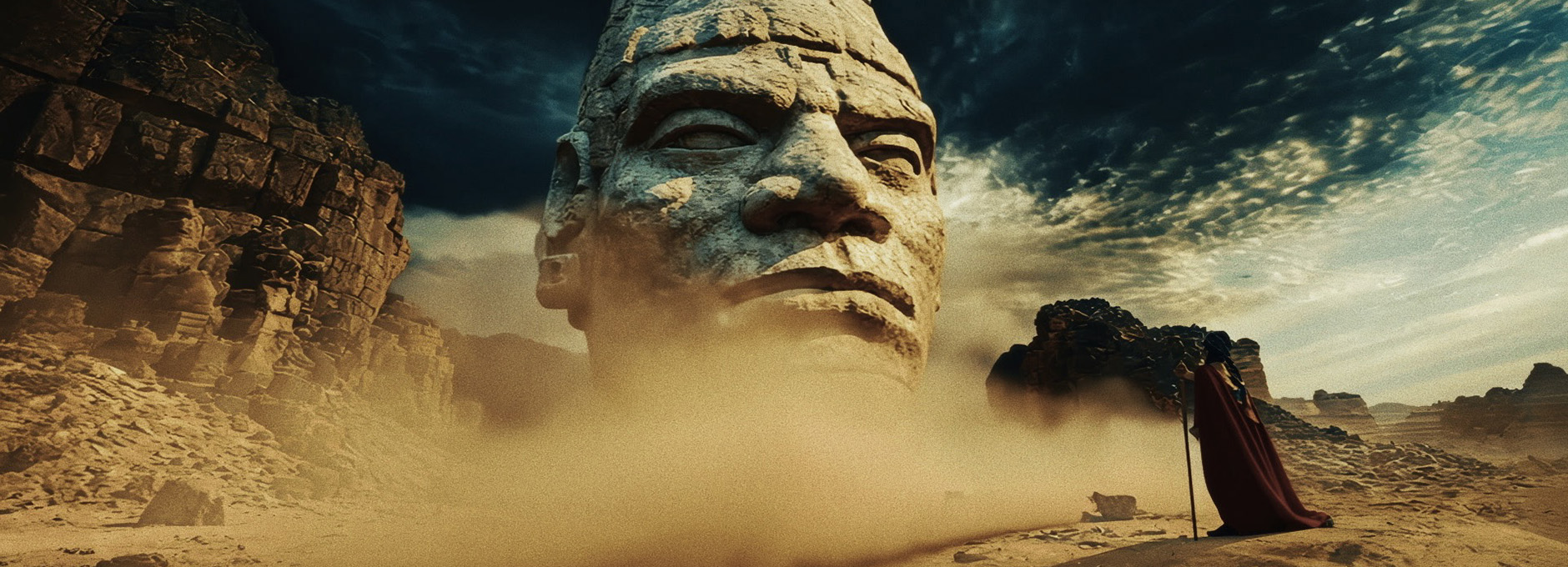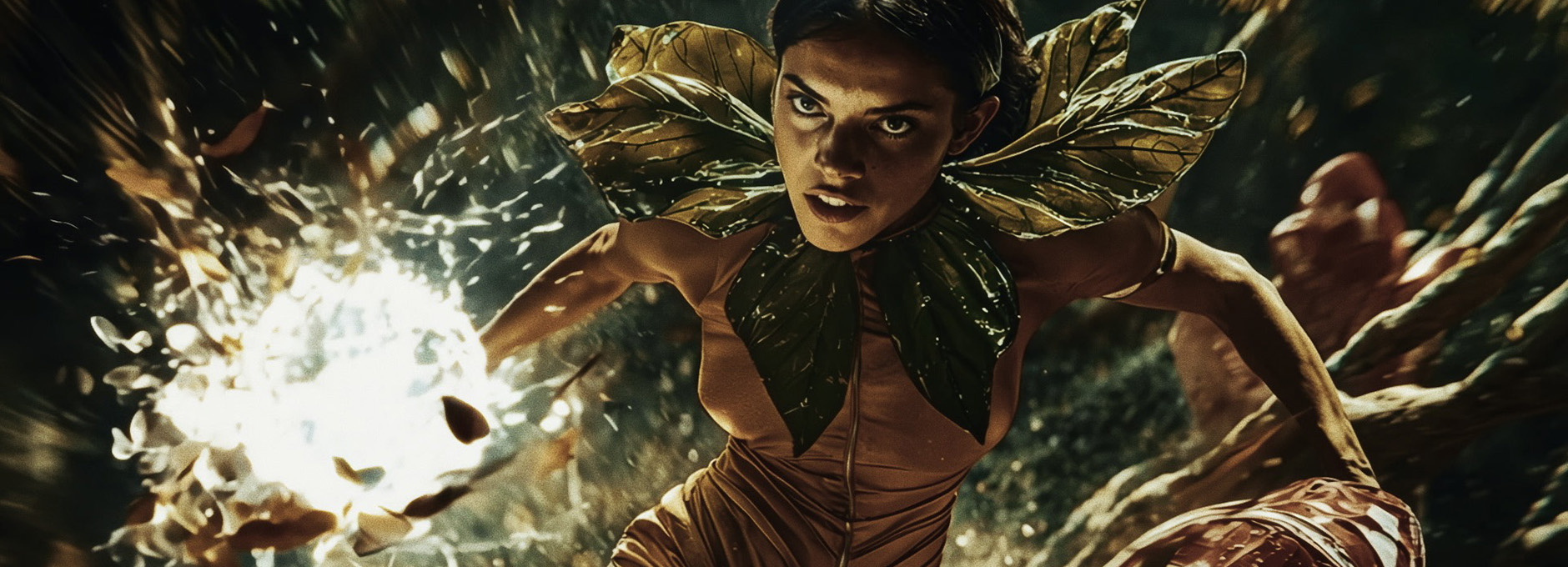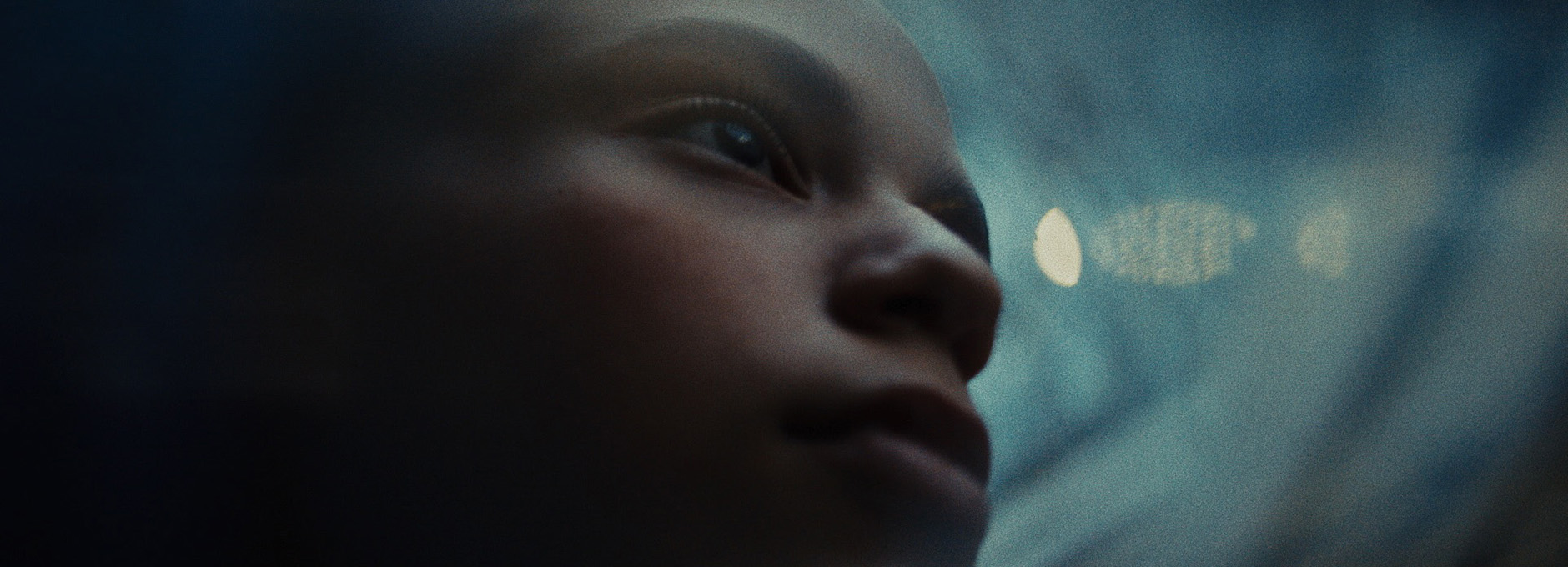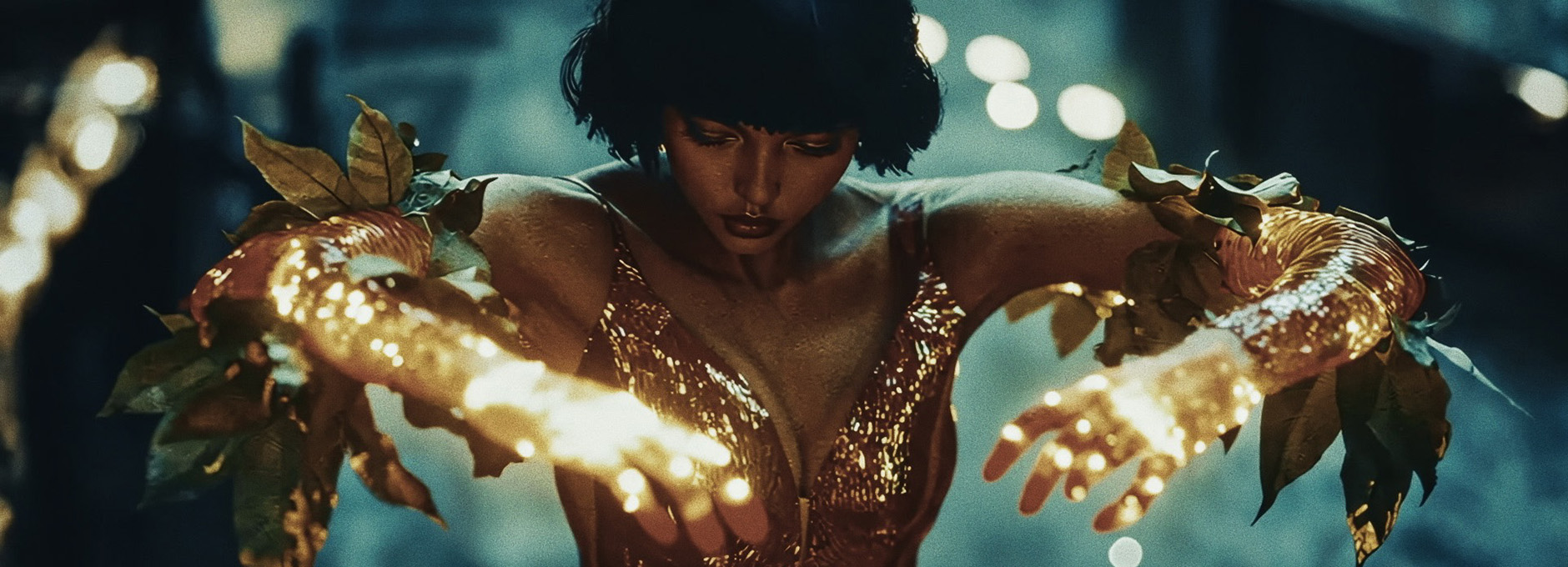Case Studies
Infinite Dreams – grading AI with live action
Infinite Dreams is a short film created by Amsterdam-based studio Aideal. Cultural identity sits at the core of the film as it celebrates the Latino workforce and their resilience, creativity and dreams.
The film blends live action with AI to create a striking and futuristic dream world set against reality. Colour and lighting were key to keeping everything cohesive and the makers worked closely with colourist Raúl Lavado to make sure the film didn’t feel like two separate worlds but one continuous, flowing experience.
“The directors, Víctor Morón and Jose Hernández from Aideal Studio, contacted me because they were looking for a colourist who could bring a cinematic aesthetic to the project, especially given the challenge of combining live action with AI-generated images,” comments Raúl. “From the beginning, I was drawn to the technical and narrative complexity of this blend.”
Visual goals
“The film explores the intersection of human creativity and artificial intelligence, both in its narrative and visual approach,” continues Raúl. “It raises questions about perception, memory, and reality, using AI not only as a tool, but as an integral part of the narrative.”
For Raúl, the goal was to create a seamless fusion between these two worlds—one captured through a lens and the other generated by algorithms—while maintaining emotional and visual coherence.
“The main goal was to unify the aesthetics of two fundamentally different image sources,” explains Raúl. “The directors were looking for a cinematic aesthetic with intense contrast and controlled colour separation, while ensuring the AI-generated content felt organic rather than artificial.
“We drew from classic sci-fi films and dystopian imagery, but we also looked to photography for inspiration, which plays with texture and imperfection to make digital images feel more tangible.”
Look development and colour
For Raúl, FilmLight’s Chromogen look development tool was an essential part of the process.
“Chromogen allowed me to create a consistent, cinematic colour sequence from the earliest stages, ensuring the AI-generated images and the live-action footage felt part of the same visual language,” says Raúl. “By carefully crafting the look in Chromogen, I was able to balance skin tones, match luminance falloffs, and introduce subtle imperfections that helped connect the two worlds.”
Raúl used colour to help distinguish between different layers of reality within the film.
“Cooler, desaturated tones were employed for moments of detachment, while warmer, golden and richer hues were introduced to enhance emotional depth,” says Raúl. “Subtle shifts in colour contrast helped guide the audience’s perception, reinforcing key moments of tension and resolution.
“The challenge was not just to make the film look good, but to ensure that every colour choice contributed to the story’s psychological impact.”
Freedom to experiment
For Raúl, the biggest opportunity when creating this movie was the ‘freedom to experiment’.
“AI-generated images lack the physical limitations of a camera, which allowed us to take the aesthetic to the next level without worrying about traditional exposure or sensor limitations,” he explains.
“However, this also posed a challenge,” continues Raúl. “AI-generated images often come out too ‘perfect’, or sterile. My job was to introduce depth, texture, and natural inconsistencies so they felt grounded in the same reality as live-action footage.”
Grading AI content
AI-generated content can be unpredictable in terms of colour reproduction and dynamic range, so Raúl utilised Baselight to support creating a consistent look along with the visual goal.
“All of Baselight's tools performed as expected, which both surprised and helped me,” said Raúl. “Baselight's advanced toolset allowed me to sculpt the tonal range with precision, making the AI-generated images feel more photographic.
“Chromogen, Base Grade and X Grade behaved exactly as I expected, but the spatial texture tools for the AI footage were a huge help, something that would have been impossible to develop in another system.”
“The biggest challenge was achieving consistency,” he adds. “Live-action footage often has texture, depth, and natural imperfections, while AI footage can feel too fluid or synthetic. I overcame this by carefully designing a texture pass, introducing subtle grain structures, colour variations, and controlled halo effects to unify the two mediums.”
AI and the future of film making
Raúl believes AI is an incredibly powerful tool that, with the correct approach, has a key place in the future of film making.
“It is more than just a tool, he says. “It can enhance creative possibilities, streamline workflows, and introduce new ways of visual storytelling, but it shouldn’t replace the human touch.
“The real challenge is not in whether AI will dominate filmmaking but in how we use it to push artistic boundaries while maintaining authenticity. In grading, AI-generated content presents unique challenges, but with the right approach, it can coexist with traditional cinematography in a way that enhances rather than replaces human craftsmanship.”
“Chromogen allowed me to create a consistent, cinematic colour sequence from the earliest stages, ensuring the AI-generated images and the live-action footage felt part of the same visual language.”








